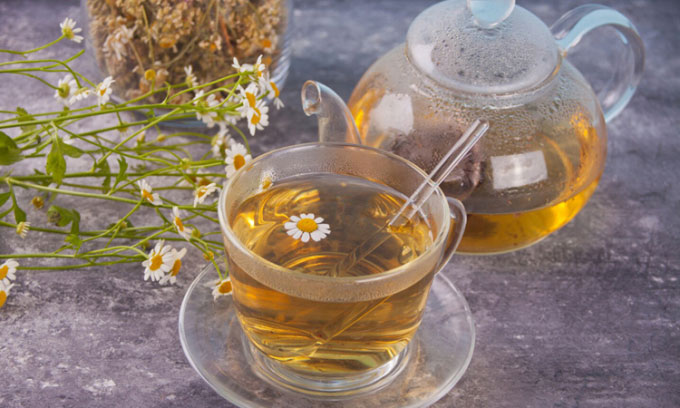Experts have developed a new device that helps assess sweetness objectively, being 10 times more sensitive than older biosensors.
A sweet dish for one person may be too sweet for another. Meanwhile, food and beverage companies need to determine the sweetness of their products as objectively as possible. The new biosensor tongue being tested could help accomplish this in the future, according to a report by New Atlas on February 4.

Chamomile tea is one of the solutions used in experiments with the biosensor tongue to assess sweetness. (Photo: Depositphotos)
Currently, the sweetness and other characteristics of food and beverages are evaluated by expert tasting panels. While such groups may reach a general consensus on the sweetness of a product, the assessment remains highly subjective.
The human tongue has sweetness receptors with two large, complex structures that bind to compounds like sugar. The outermost part of one of these structures is called the Venus flytrap domain because its molecular structure resembles the leaves of a Venus flytrap. This region interacts with most sweet substances consumed by humans.
In a recent study published in ACS Applied Materials & Interfaces, a team of scientists from the National University of Seoul, South Korea, led by Tai Hyun Park and Seunghun Hong, used bacteria to create replicas of the Venus flytrap region. These replicas were arranged in thin layers on multiple gold electrodes, interconnected through carbon nanotubes. The resulting device is called a field-effect transistor.
When placed in a solution containing sucrose or saccharin—an artificial sweetener—the current passing through the device consistently decreases. The higher the concentration of sucrose or saccharin, the greater the reduction in current. The field-effect transistor does not respond when exposed to cellobiose, a non-sweet sugar.
The experts used prototypes of the biosensor tongue to evaluate the sweetness of beverages such as apple juice and chamomile tea for sucrose content. They noted that this device is 10 times more sensitive than older biosensor systems.

















































